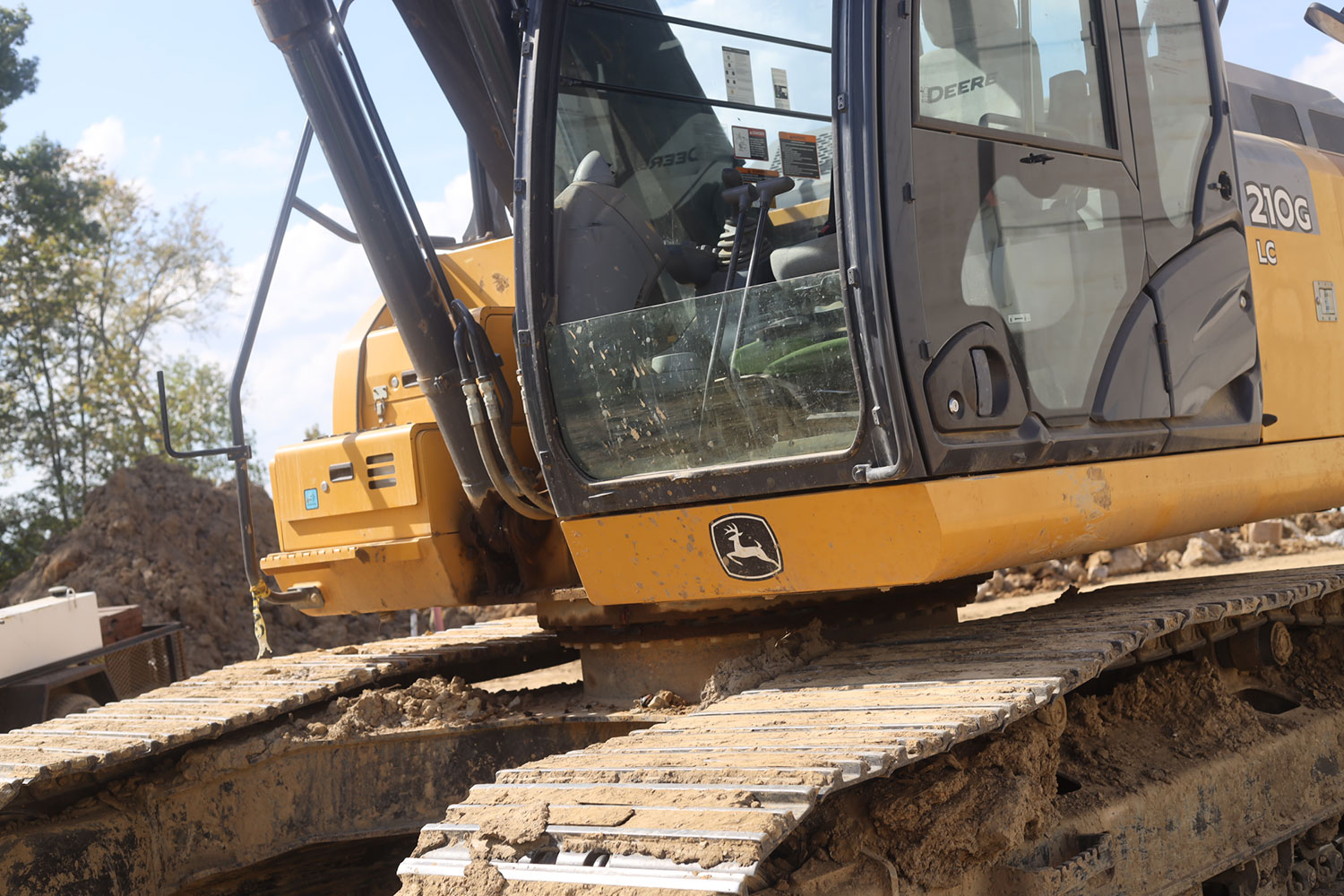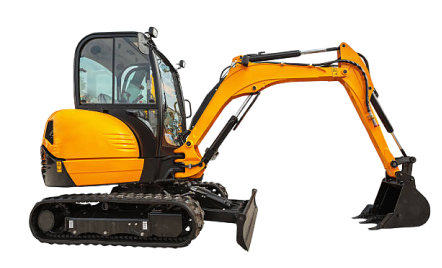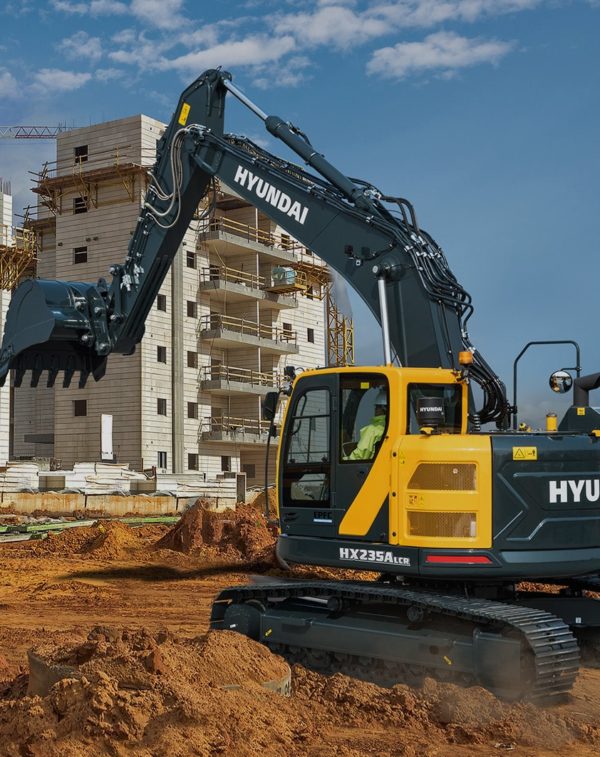Explore Our Equipment Rental Company for High-Quality Dozer Rental and Scissor Lift Rental Services
Explore Our Equipment Rental Company for High-Quality Dozer Rental and Scissor Lift Rental Services
Blog Article
Crucial Tips for Handling Heavy Equipment Rental Arrangements and Logistics Successfully
Efficiently managing hefty devices rental arrangements and logistics is important for the success of any type of project that relies on these sources. A comprehensive understanding of rental terms, coupled with specific analysis of tools demands, lays the structure for positive arrangements. Collaborating transport logistics and planning for recurring upkeep can substantially minimize unforeseen costs and delays. However, the ins and outs of these elements often present difficulties that require calculated insight. What are the key considerations that can transform these prospective pitfalls right into possibilities for efficiency and cost-saving?
Understand Rental Terms
Comprehending rental terms is important for effective heavy devices management. The rental period specifies the duration for which the tools is rented, influencing budgeting and job timelines.
Moreover, it is crucial to understand the maintenance obligations detailed in the agreement. Typically, rental companies maintain the equipment, yet understanding who is accountable for regular checks and repair services is crucial to avoid functional interruptions. In addition, terms may consist of provisions worrying obligation for problems or burglary, which can have serious monetary ramifications otherwise appropriately recognized.

Assess Devices Needs
Assessing tools requirements is a crucial step for any kind of project supervisor intending to maximize resource allotment and enhance operational efficiency. This procedure involves a complete assessment of the job requirements, consisting of certain tasks, timelines, and the sort of tools required to accomplish desired outcomes.
Begin by identifying the range of the task and the tasks that will certainly be done. Think about aspects such as the surface, the range of operations, and any potential difficulties that might affect tools selection. Engaging with team members who will operate the equipment can provide useful understandings into functional demands and preferences.

Following, evaluate the capacity and capacities of offered devices choices. It is important to match the ideal devices to the tasks at hand, making certain that it can take care of the anticipated workload without endangering security or performance.
Furthermore, consider the rental duration and regularity of usage. Understanding these components can help establish whether renting or purchasing is the most cost-effective service. By carrying out a detailed evaluation of equipment demands, job managers can make informed choices that lead to improved productivity and lowered operational expenses.
Negotiate Efficiently
As soon as the equipment needs are plainly determined, the following action involves efficient arrangement with rental business to safeguard desirable terms. Begin by investigating numerous rental companies to comprehend their pricing structures, inventory availability, and online reputation.
When approaching the arrangement table, be clear about your demands, including the kind of tools, rental duration, and any additional solutions you might need. This openness allows rental firms to supply customized remedies that can fulfill your particular needs (construction equipment rentals). Don't be reluctant to request for discount rates, specifically for lasting services go to my blog or mass orders, as numerous firms want to use concessions to protect bigger agreements
Additionally, take into consideration bargaining terms associated to insurance policy, maintenance, and distribution fees. These variables can considerably affect the overall price and should be explicitly described in the rental contract. Make sure that all agreed-upon terms are documented in creating to avoid misconceptions and safeguard your interests throughout the rental duration. Efficient settlement not just leads to expense savings however likewise establishes a positive connection with the rental firm.
Coordinate Transport Logistics
Collaborating transport logistics is an essential element of handling hefty equipment rental contracts. Efficient transportation guarantees that tools is delivered on schedule and in optimal condition, thereby reducing downtime and improving job effectiveness. To accomplish look what i found this, it is necessary to establish an extensive logistics prepare that outlines the whole transportation process from pick-up to delivery.
Begin by assessing the particular transport requirements based upon the kind and dimension of the equipment involved - scissor lift rental. Engage with reliable transport service providers that specialize in hefty tools to guarantee they possess the required proficiency and equipment, such as flatbed vehicles or specialized trailers. Discuss aspects such as weight restrictions, path restrictions, and called for authorizations to avoid unforeseen delays
Furthermore, maintain open interaction with both the rental business and the transport supplier to work with timetables properly. By thoroughly coordinating Discover More transportation logistics, you can copyright the stability of your rental agreement and promote smooth task implementation.
Prepare For Maintenance and Assistance

Furthermore, it is important to interact straight with the rental copyright pertaining to upkeep duties. Some agreements might include maintenance as part of the rental solution, while in various other cases, the obligation might drop on the renter. Understanding these terms will certainly assist prevent unforeseen expenses and liabilities.
Furthermore, having accessibility to technological support can be very useful. Make sure that the rental business offers 24/7 assistance or an emergency situation call, enabling speedy resolution of any tools problems. Educating your team on proper tools use and routine checks can also significantly boost functional efficiency.
Verdict
In final thought, efficient monitoring of heavy devices rental agreements and logistics hinges on a thorough understanding of rental terms, specific analysis of devices demands, and adept settlement abilities. Highlighting clear interaction with all stakeholders continues to be vital in navigating the complexities of tools service and logistics management.
Successfully managing heavy devices rental agreements and logistics is essential for the success of any kind of task that relies on these resources. By thoroughly reviewing and understanding these rental terms, organizations can make informed choices, minimize threats, and guarantee that their hefty equipment administration aligns with task objectives and economic constraints.Working with transportation logistics is an essential facet of managing hefty equipment rental contracts.In verdict, reliable management of heavy devices rental arrangements and logistics joints on a detailed understanding of rental terms, precise assessment of equipment requirements, and experienced arrangement abilities. Highlighting clear communication with all stakeholders remains important in navigating the complexities of devices service and logistics management.
Report this page